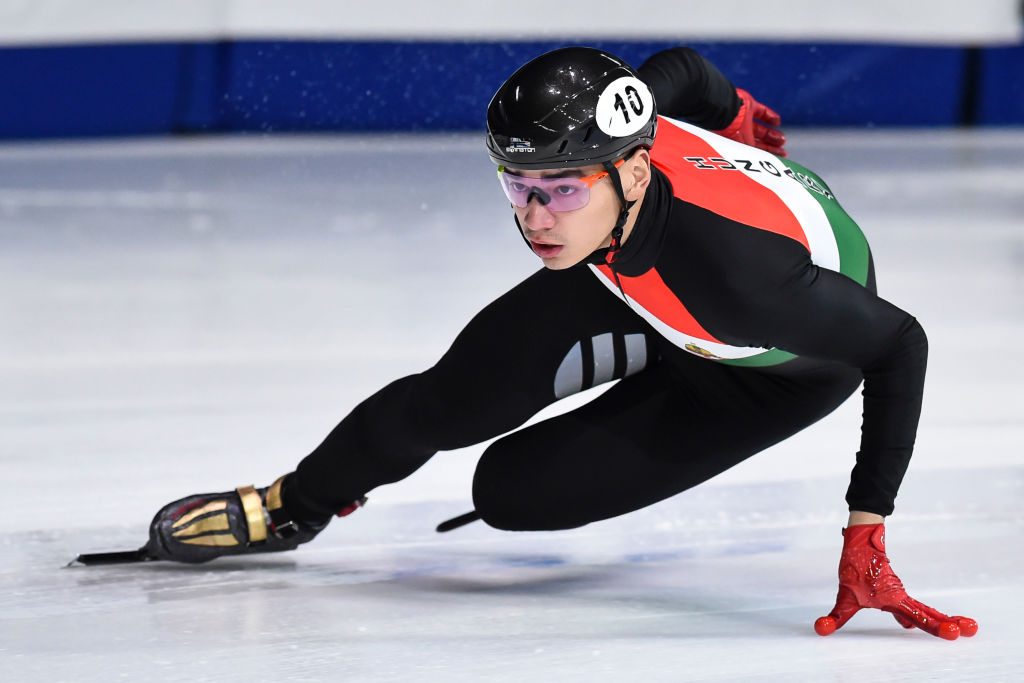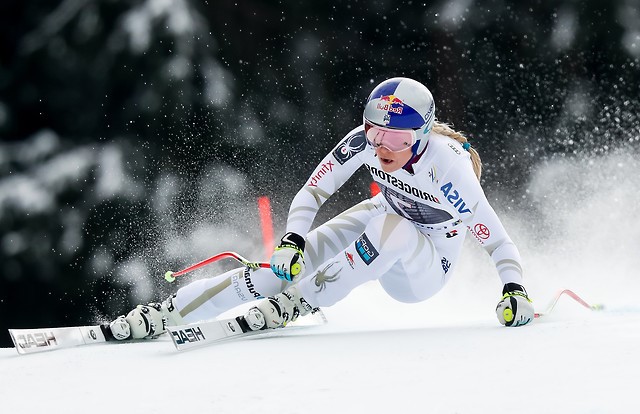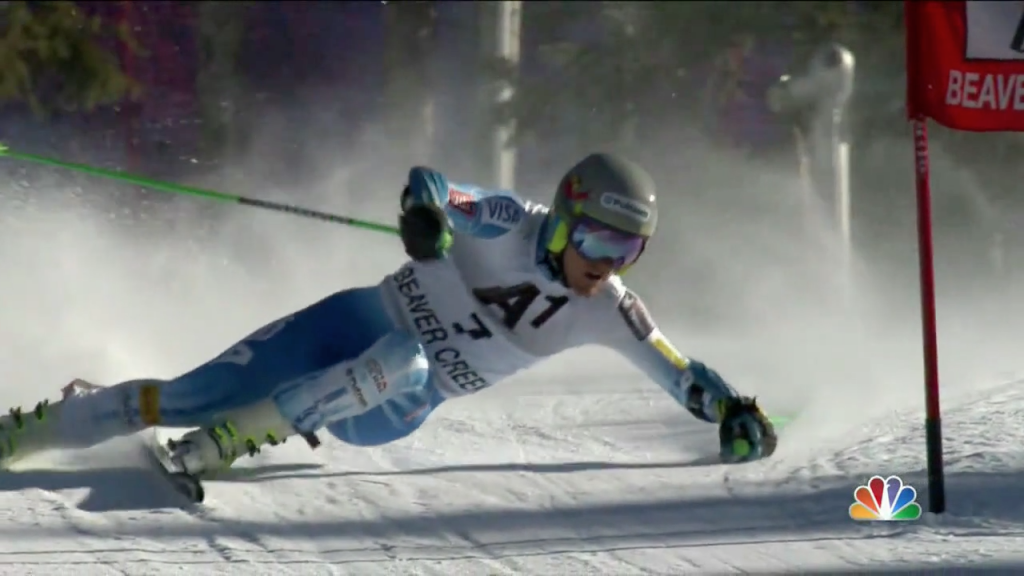Feedback…
This video is just a record of the starting off level this week – before any new technique was taught.
During the instruction which followed after the video everyone was very responsive and able to make significant changes.
Today we worked on…
- Skating
- Dynamics (Basic)
- Feet Forward Technique
Skating/Adductors
Skiing is just disguised skating. The main difference is the skis are wide and have two edges. When diverging the skis outwards at the tips into a skating stance the skis want to flatten on the snow and the stiff shaft of the ski boots will pull the knees outward. The adductor muscles need to be engaged to hold the skis on their inside edges. This is a pattern of muscle use – the adductors of both legs contracting – that should be maintained when skiing parallel. This is partly dependent on the skier’s morphology. If the femurs are naturally directed inwards less adductor use might be appropriate but if slightly bow legged there may be a need to consciously work the adductors.
Only when snowplough braking should the adductors be released to widen the spreading of the tails of the skis from the hip joints.



The other difference between skis and skates: – it’s just that skis bend and scribe arcs on the ground and are generally used on slopes not flat lakes. Skating actions are fundamental for a skier’s development because they involve independent leg action where only one leg at a time is really used. Although skiers can stand on two feet the body is oriented specifically on one hip joint at a time (when turning) and has to function as if standing on one leg. Skating exercises such as skating step turns are helpful in developing basic skills. Skating turns use diverging skis (opposite from snowplough) and incremental stepping of the centre of mass inward toward the turn centre. This is ideally the first sort of turning that any complete beginner should experience – on flat terrain.
Basic Dynamics (skis parallel)
- Skis must be travelling forward – like a bicycle
- This is mainly about using the outside leg (start of new turn) to push the centre of mass into the centre of the new turn – for the whole duration of the turn
- There is no “balance” when skiing – dynamics is the physics of disequilibrium
- You are looking for stability from organised accelerations (ski technology!)
- Notice in the photos below the outside leg is essentially straight in a skating action (flexion for absorption and other purposes is primarily at the hip joint)
- The centre of mass goes down toward the snow – and to complete the turn it comes back up – like a motorbike in a turn
- There is no “Centrifugal Force” acting on the skier – only a deflection inward away from a straight line. This deflection is used to lift the skier up at the end of the turn – which involves “finishing” the turn – I.E. turning almost back up the hill.
- Remain square to the skis (follow the skis around the turn with your body) until you are really comfortable with movement of the centre of mass and clearly aware of moving it.

Feet Forward Technique
“Feet Forward Technique”… gives security through the start of a turn on steep terrain by tightening the turn radius.
Pushing the outside (uphill initially) foot forward during the turn. The foot never gets in front of the other foot – it just tightens the turn instead.
The exercise is practised with skis off and standing in ski boots. For this static exercise we use ski pole support with the body faced downhill with the uphill foot pointing across the hill and the downhill foot pointing downhill and the heel jammed into the snow. The uphill boot is pulled over onto its inside edge and pushed forwards in a natural arc.
Here is some video of exactly the same action in ice hockey training. In skiing the direction of travel would be straight downhill instead of straight ahead on the flat ice.

